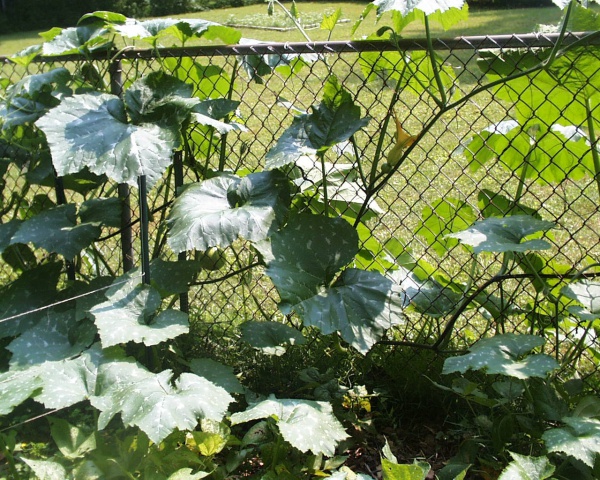Facts About Calabaza
Calabaza, also known as calabasa or West Indian pumpkin, is a type of winter squash popular in the West Indies, tropical America, and the Philippines. In regions such as Cuba, Florida, Puerto Rico, and the Philippines, it is scientifically classified as Cucurbita moschata. The term "calabaza" originates from the Persian word for melon, while its variations in French, "calebasse" and English, "calabash" derive from an older Spanish term.
In North America, the name "calabaza" encompasses various squash species, although it is most frequently associated with C. moschata varieties. The skin of the calabaza can range from dark green to light yellow, while the flesh is typically bright orange or yellow, slightly sweet, and tender. These plants require insect pollination and can yield anywhere from 2 to 15 fruits. The vines grow extensively, and the fruit's shape can differ. The rind transitions from light to dark green when immature and turns light orange or beige as it matures. The flesh, rich in beta-carotene, ranges from green-yellow to orange.
Calabaza is versatile in the culinary world and can be used in stews, cakes, and candies. It also serves as an excellent substitute for other pumpkin varieties. This squash is a valuable source of beta-carotene, which the body can convert into vitamin A. In Filipino cuisine, it is known as "kalabasa" and features prominently in numerous dishes. The flowers and seeds of the calabaza are also extensively used in Mexican, Salvadoran, and Philippine cuisines. The seeds, known as "pepitas" are often toasted and seasoned to create a delicious snack.

 Honduras
Honduras